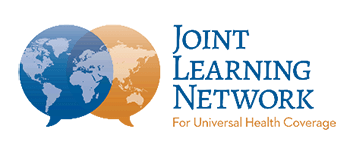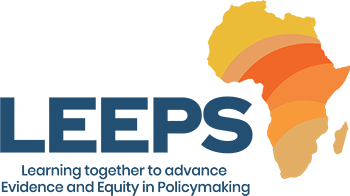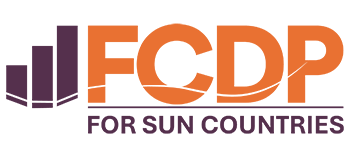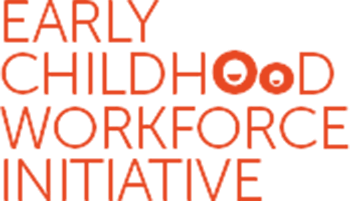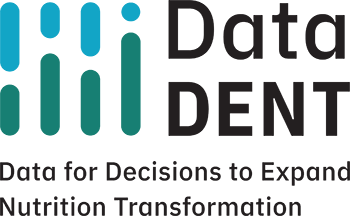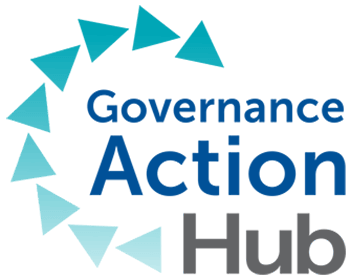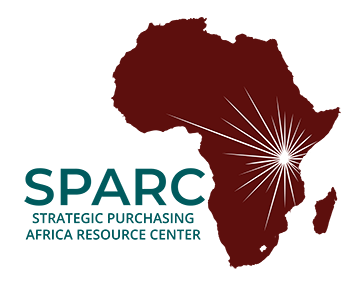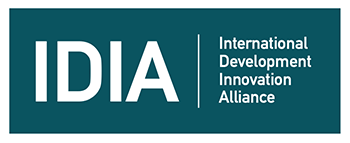While significant advances in increasing access to education have been achieved across the world, over 750 million people lack basic literacy skills. People struggling with literacy are more likely to be poor, lack other educational skills, and have disadvantages entering and thriving in the workforce.[1]
In 2015, Pearson launched Project Literacy to help address the needs, and reduce the number, of people affected by illiteracy worldwide. Project Literacy focuses its activities on three pillars of action:
- Raising awareness and mobilizing action. Project Literacy works towards building a movement of people and organizations seeking to combat illiteracy who could push for greater attention to and investment in the issue.
- Advancing best practice. Project Literacy partners with and supports organizations who were already implementing impactful literacy interventions to expand their scope and reach.
- Innovating for new solutions. Project Literacy recognizes the need to develop and test new solutions to improve literacy and partner with organizations in the design and implementation of innovative literacy interventions.
As Project Literacy reached its midpoint in June 2017, Pearson partnered with Results for Development to conduct a Qualitative Midline Evaluation which would search for a deeper understanding of the true impact of the project to date, and how it might improve moving forward. To complete this evaluation, R4D conducted a series of interviews and focus group discussions with Project Literacy staff, advisors, unfunded collaborating partners, community partners, and funded partners. Findings from its Qualitative Midline Evaluation can be found in this final report which highlights the successes and challenges of the initiative thus far and provides actionable recommendations for optimizing the Project Literacy model.
Some of R4D’s findings include:
- Project Literacy’s greatest success to date was its ability to convene diverse, yet like-minded, and impact-driven organizations to collaborate and learn from each other, as well as to help raise awareness about literacy as an issue. However, Project Literacy struggled with a lack of specificity around partner roles and action steps, as well as the lack of clarity regarding its own goals and objectives.
- Project Literacy succeeded in raising awareness of the issue of illiteracy, but more could be done to expand the reach of this effort. It also advanced best practice by allowing partners to refine their program model, and providing a platform to share best practices, but concrete results were minimal.
- The primary benefits of Project Literacy are the megaphone it gives to the issue of illiteracy and its global convening power. Project Literacy has not completely removed any barriers to literacy, and still has work to do to create conditions that enable partners to be more impactful, such as stronger relations with governments and a clearer message.
[1] https://www.projectliteracy.com/about/why-literacy


